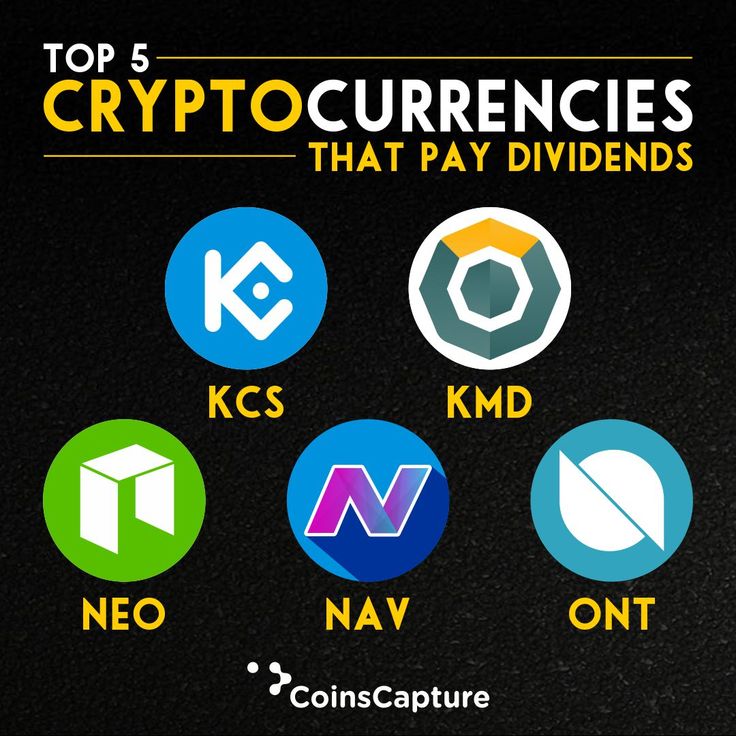
Cryptocurrency dividends represent a growing and intriguing aspect of the digital financial landscape. Much like traditional dividends distributed by publicly traded companies, cryptocurrency dividends reward investors holding a particular digital asset. However, the mechanics, benefits, and risks of cryptocurrency dividends differ significantly from their traditional counterparts. This article explores the concept, types, benefits, and potential risks associated with cryptocurrency dividends.</p><h4>What Are Cryptocurrency Dividends?</h4><p>Cryptocurrency dividends are payments made to holders of a specific cryptocurrency, similar to how traditional dividends are paid to shareholders of a company’s stock. These dividends can be issued in the form of additional tokens, interest payments, or other digital assets. The primary purpose is to reward long-term holders and encourage investment in the underlying blockchain project.</p><h4>Types of Cryptocurrency Dividends. Staking involves holding and “staking” a certain amount of a cryptocurrency in a wallet to support the operations of a blockchain network. In return, participants receive staking rewards, which can be considered a form of dividends. Popular staking coins include Ethereum (ETH), Cardano (ADA), and Polkadot (DOT).
Masternode Rewards: Operating a masternode involves running a full node or computer wallet that supports the network by keeping a real-time copy of the blockchain. Masternode operators are compensated with rewards for their contribution to the network. Dash (DASH) is a well-known cryptocurrency that offers masternode rewards.
Airdrops: Airdrops are distributions of a cryptocurrency token or coin, usually for free, to numerous wallet addresses. Airdrops can occur for various reasons, such as promoting a new cryptocurrency, rewarding loyal users, or in conjunction with a hard fork. Holders of certain cryptocurrencies might receive airdropped tokens as a form of dividend.
Yield Farming and Liquidity Mining: In decentralized finance (DeFi), yield farming and liquidity mining involve providing liquidity to decentralized exchanges (DEXs) or lending protocols in exchange for rewards. These rewards, often in the form of native tokens, act as dividends for providing liquidity.
Benefits of Cryptocurrency Dividend Passive Income
: One of the most attractive aspects of cryptocurrency dividends is the potential for passive income. Investors can earn rewards without actively trading, providing a steady stream of income from their holdings.
Incentivizing Long-Term Investment: By offering dividends, blockchain projects can incentivize investors to hold their tokens for longer periods. This can lead to price stability and reduce market volatility.
Network Security and Participation: Dividends from staking and masternodes encourage active participation in the network, enhancing its security and efficiency. Participants who have a financial stake in the network are more likely to act in its best interest.
Risks and Considerations
- Market Volatility: The cryptocurrency market is known for its volatility. The value of dividends can fluctuate significantly based on market conditions, which may affect the overall return on investment.
- Regulatory Uncertainty: Cryptocurrencies and their associated rewards often operate in a regulatory gray area. Changes in regulations or legal status can impact the viability and legality of receiving dividends from certain digital assets.
- Security Risks: Staking, running masternodes, and participating in DeFi protocols can expose investors to security risks, including hacking and smart contract vulnerabilities. Proper due diligence and understanding of the underlying technology are crucial.
- Tax Implications: Depending on jurisdiction, cryptocurrency dividends may be subject to taxation. Investors need to be aware of the tax implications and comply with relevant regulations to avoid legal issues.
Conclusion
Cryptocurrency dividends offer an exciting opportunity for investors to earn passive income and participate in the growth of blockchain networks. However, like all investments, they come with their own set of risks and considerations. Understanding the different types of cryptocurrency dividends, their benefits, and potential pitfalls is essential for making informed investment decisions. As the cryptocurrency market continues to evolve, dividends could become a more prominent feature, attracting a broader range of investors to the digital asset space.




